Dough Figurines Cream of Traditional Chinese Culture
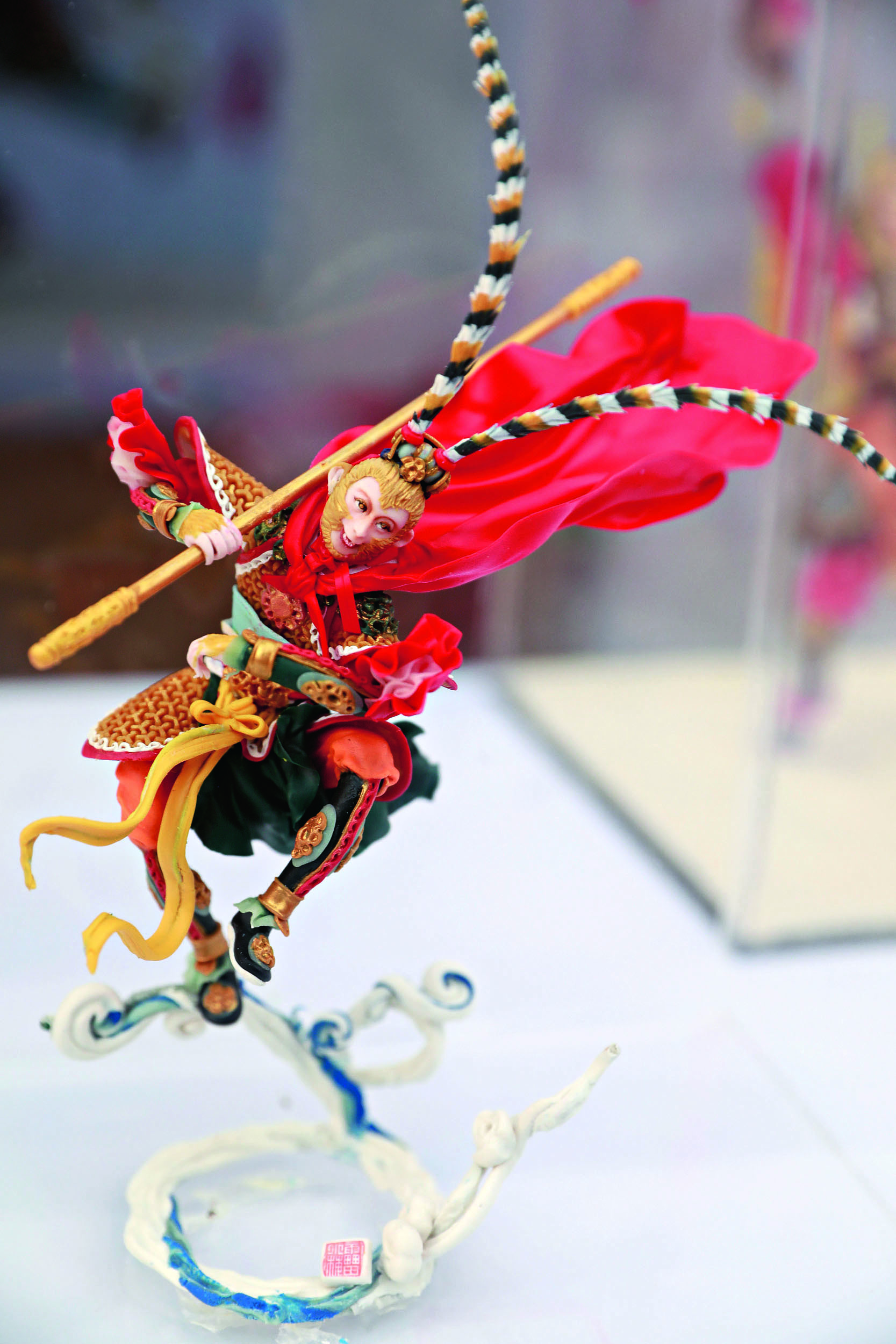
Chinese dough modeling evolved from the folk art of pastry decoration in Northern China. Records indicate the craft of making dough models dates back more than 1,000 years. Given their high practical and decorative value, dough figurines are considered among the treasures of China's folk arts. Many regions of the country are renowned for their production of dough figurines. Through the exquisite works of art, which embody the regions' distinct cultural features, one may get a glimpse into the residents' aesthetic tastes and spiritual pursuits, and also gain a better understanding of the residents' folk customs and traditional ideas.
Dough modeling is one of the traditional Chinese folk arts. The terra cotta warriors and horses, created during the Warring States Period (475-221 BC), and the puppets during the Han Dynasty (206 BC-220 AD) were embryonic forms of Chinese dough models. In ancient times, residents of many regions in China used dough figurines as sacrificial offerings to their gods and/or ancestors, and/or gave the items as presents to their friends or relatives during festivals, holidays, weddings or funerals. Throughout the past millennium, women and craftspeople have developed the traditional craft into an art form, which vividly — but in an exaggerated way — depicts figures and animals. Some dough models, of figures in traditional Chinese operas, kept by Aisin Gioro Puyi (1906-1967, the last emperor of China and the final ruler of the Qing Dynasty [1616-1911]), were exhibited in the Palace Museum, the largest museum in China.
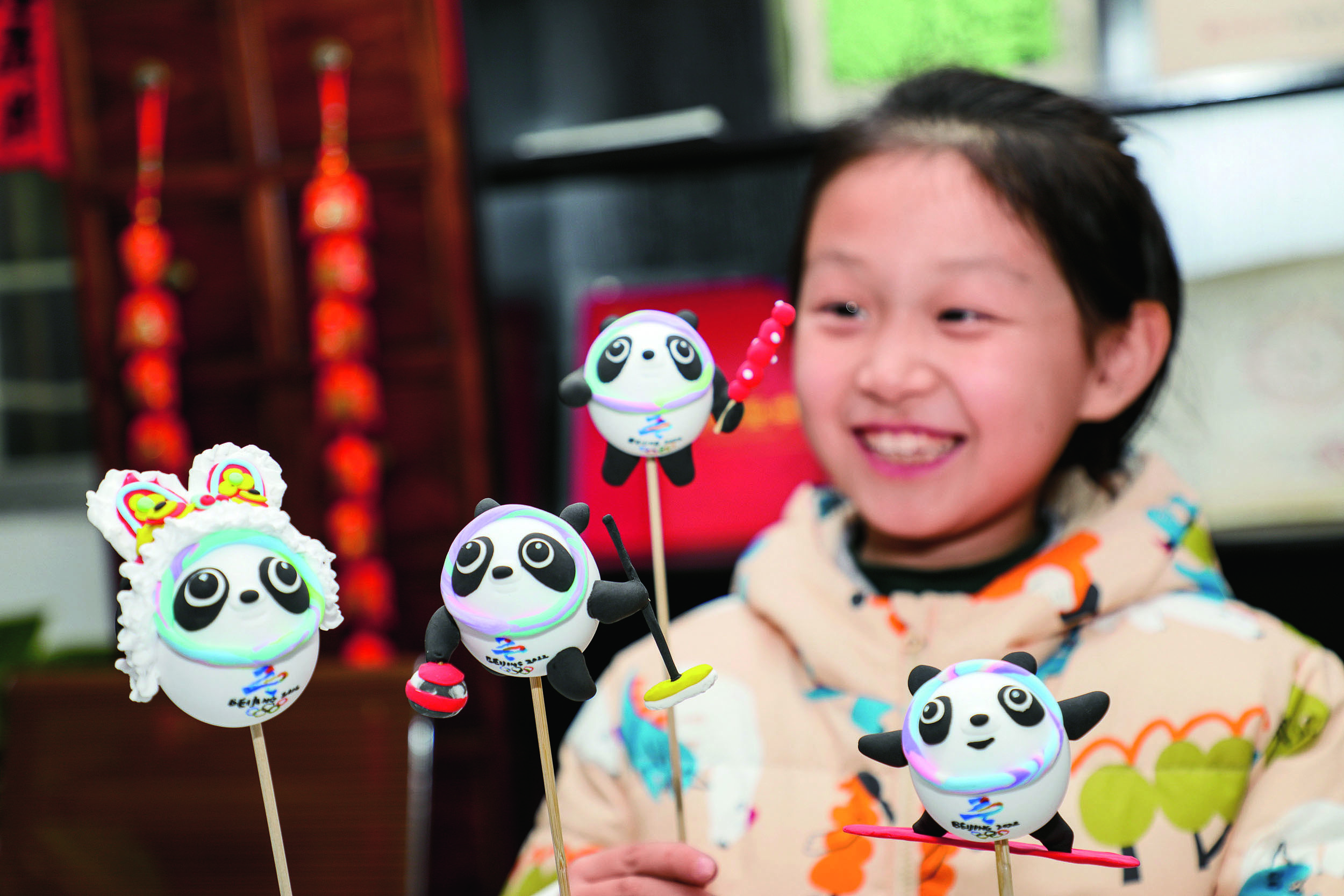
There are two ways to produce dough figurines; first, the mold-making method, during which the artist creates the figurines, such as the God of Longevity and the God of Wealth, from wooden molds. The second technique is the hand-kneading method, during which the artist kneads dough into the shapes of different animals, such as the Chinese zodiac (the 12 animals, which represent the 12 Earthly Branches, to symbolize the years in which people are born), or scenes depicted in operas and stories. Given the ingenious designs and the superb workmanship, an increasing number of people the world over has become fascinated with the works of art.
In addition to creating dough figurines with traditional designs that represent beauty and good luck, many craftspeople have added fashionable elements, such as designs of popular cartoon figures and mascots, to their works. For example, dough figurines, in the shapes of Fuwa (the mascots of the 2008 Summer Olympics), and Bing Dwen Dwen and Shuey Rhon Rhon (the mascots of the 2022 Beijing Winter Olympics and Paralympics), have won the
favor of people throughout the world.

Beijing Lang's Dough Figurines
Superb Works of Art
In the past, it was fairly common to see adults and children watch craftsmen make dough figurines on the side of roads in Beijing, especially during festivals and at market fairs. "Tang's Dough Figurines" and "Lang's Dough Figurines," named after the families of the craftsmen who established the schools, are most representative of Beijing-style dough figurines. In 2008, the craft of making "Lang's Dough Figurines" was added to the list of the country's items of intangible cultural heritage.
The Langs' history of making figurines can be traced back more than 100 years ago. Many Chinese refer to Lang Shao'an (1909-1992), Lang Zhili's father, as "Dough Figurine Lang." Of Lang Shao'an's nine children, only Lang Zhili, his third child, has followed in her father's footsteps and created dough figurines.
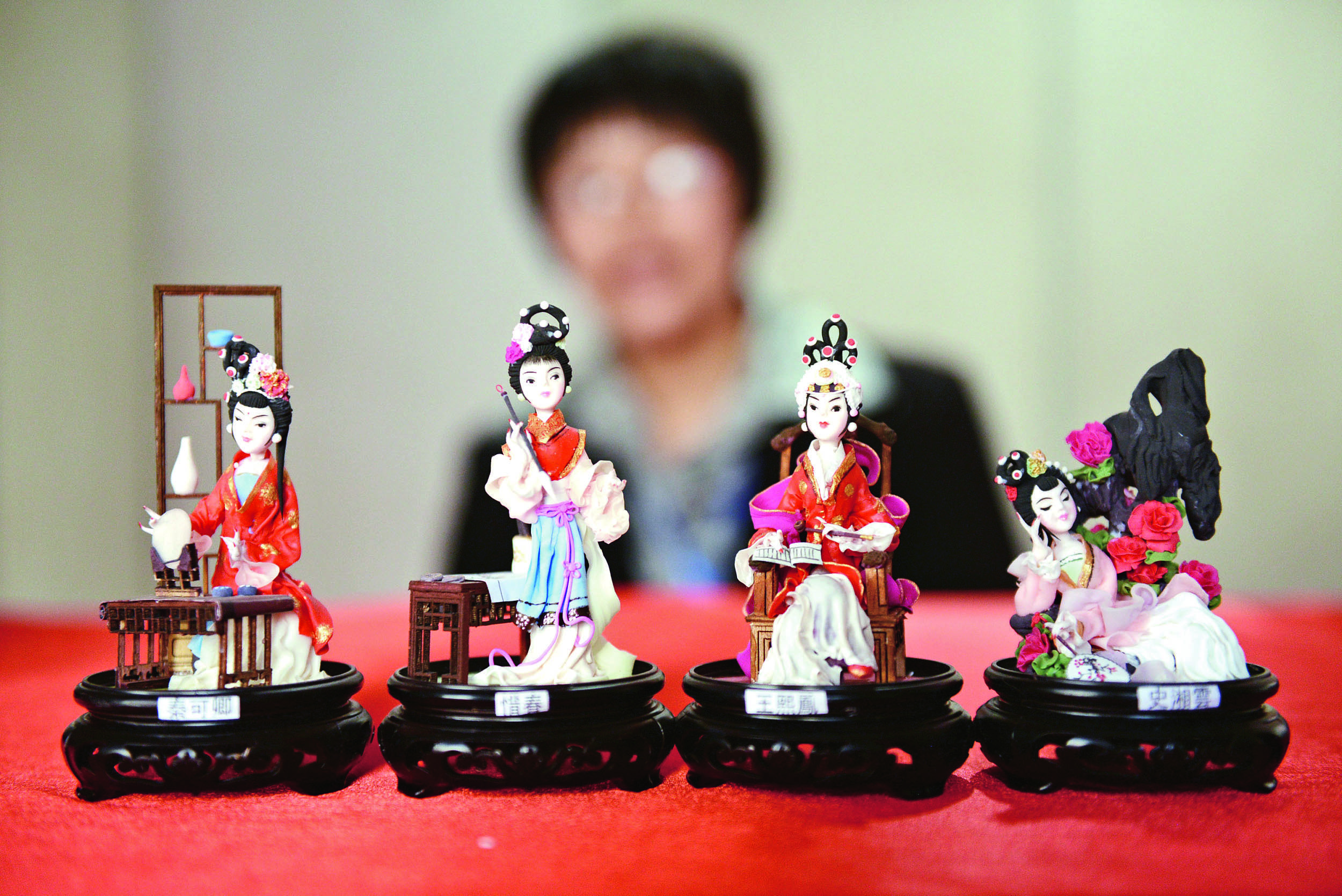
Lang Zhili has not only inherited the traditional craft, she has also blazed new trails, including making figurines, with different themes, and using different materials and new techniques, as she has created the items. Given her outstanding contributions to promoting the craft of making "Lang's Dough Figurines," the United Nations Educational, Scientific and Cultural Organization (UNESCO) in 1995 named her a "Chinese folk artist in China." In 2009, China's Ministry of Culture designated her a State-level inheritor of the craft.
Shanghai's Dough Figurines Vivid, Lifelike
Shanghai's dough figurines originated during the late Qing Dynasty. Many Chinese refer to Zhao Kuoming (1899-1980), the creator of the Shanghai-style dough figurines, as "Dough Figurine Zhao." In 2008, China added the craft of making "Zhao's Dough Figurines" to the list of the country's items of intangible cultural heritage.
Zhao was especially good at making figurines of beauties (in ancient costumes) and figures from traditional Chinese operas. He had put much effort into inheriting and promoting the traditional cultural heritage. He had also improved and innovated the technical skills used to create the figurines.
Given his keen observation and superb workmanship, Zhao had created numerous lifelike figurines. When you look at Zhao's works, you will surely be impressed by the exquisite items. For example, one can clearly see the teeth of the figurine of the God of Longevity. As he had integrated the characteristics of Peking Opera and the Shanghai-style clay figurines, Zhao had developed his own artistic style, and he had established the Shanghai-style dough figurines.
Zhao Yanlin, daughter of Zhao Kuoming, is the second generation of "Dough Figurine Zhao." During the past several decades, she has put a lot of effort into inheriting and innovating the craft-making skills, to display the charm of the figurines to the world. By integrating the characteristics of dough modeling and miniature engraving, Zhao Yanlin has created a new craft, known as the miniature dough modeling.
Given her outstanding contributions to promoting the craft of making "Zhao's Dough Figurines," UNESCO in 1996 named Zhao Yanlin a "Chinese folk artist in China." In 2009, China's Ministry of Culture designated her as a State-level inheritor of the craft.

Shanxi's Dough Figurines Shine During Ceremonial Activities
Dough figurines, which originated from wheaten food culture, often appear during ceremonial activities in many regions of North China's Shanxi Province. Residents of the regions use dough figurines as sacrificial offerings to heaven, earth and their gods and/or ancestors, and/or give the items as presents to their friends or relatives during festivals, holidays, weddings or funerals. The figurines embody the residents' desire to enjoy the good life. Through the crafts and customs (in various regions of the province), one may get a glimpse into the unique charm of traditional Chinese culture.
Many residents of Huozhou (a city in Shanxi Province) call dough figurines "flower buns" or "lamb buns" — flowers and the lamb symbolize happiness and good luck. It is widely believed the figurines will bring good fortune, ward off evil spirits and prevent calamities. Every year around Spring Festival, local women customarily work together to make figurines, and they help each other improve their craft-making skills. The colorful figurines come in various shapes, such as figures, animals, flowers and plants. Given the ingenious designs of and superb workmanship in dough figurines, many Chinese and foreign artists recognize the craft as an exquisite art form.
Xinjiang, a county in Yuncheng, a city in Shanxi Province, abounds with wheat. Before each festival and holiday, almost every family (in the county) grinds wheat into flour, and then uses the flour to make bright-colored dough figurines. Many residents are especially good at making animal-shaped dough figurines. Given their simple, yet elegant, styles, the artworks have caught the attention of countless people, from both home and abroad.
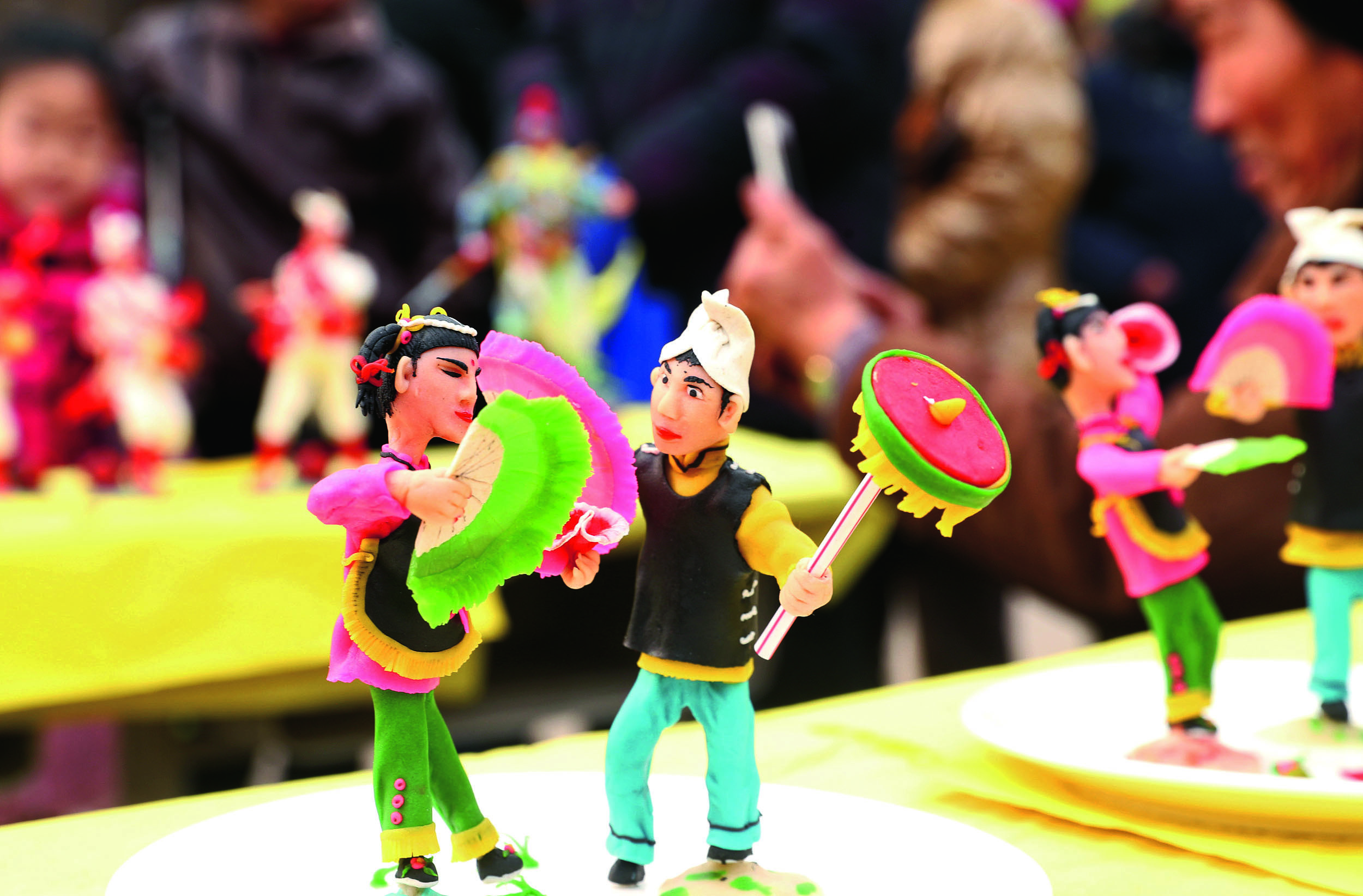
Craftswoman Blazes New Trails
Nanzhang is a millennium-oldvillage in Shijiazhuang, capital of North China's Hebei Province. During the past two centuries, the village has held to its tradition of holding a temple fair and a dough figurine exhibition on the 18th day of the first lunar month each year. Nanzhang's dough figurines are on the list of Hebei's items of intangible cultural heritage.
Hao Yuting, an octogenarian in Nanzhang, is known for her lively mind and quick hands. She makes more than 100 dough figurines every year, around Spring Festival. During the past several decades, she has helped many villagers improve their skills of making the figurines.
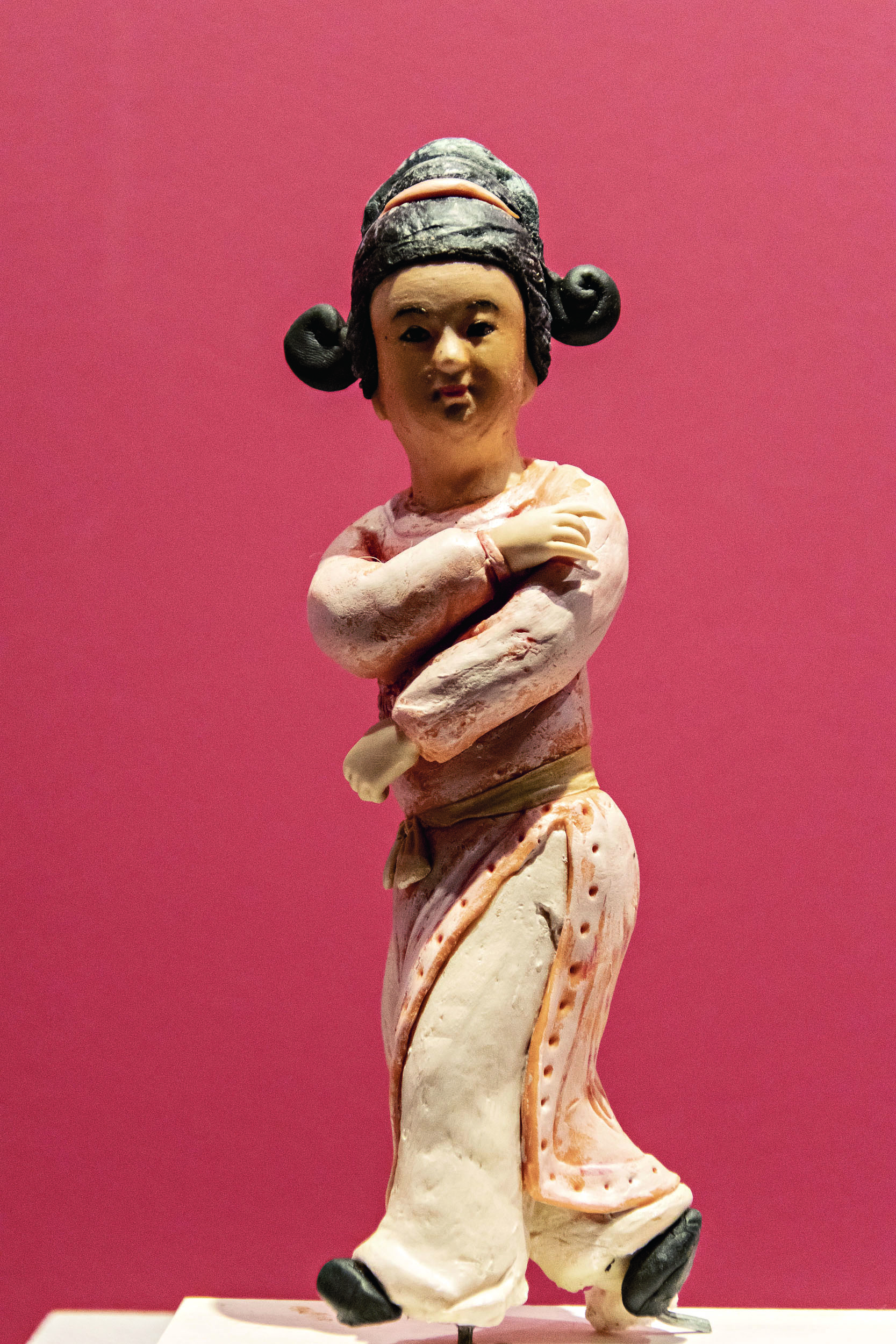
In the past, Hao's major task was to knead dough figurines into various shapes, such as flowers, birds, fishes, insects, fruits and/or vegetables. In recent years, she has created some large dough figurines (with iron or wooden supports), which have been displayed in Nanzhang and neighboring villages during temple fairs.
By drawing inspiration from life and art, craftspeople, in various regions of the country, during the past several decades have created numerous figurines, many of which have highlighted the regions' distinct cultural features. As the art form has become part of Chinese culture and folk art during the past millennia, experts of folklore have used dough figurines as physical materials, as they study China's history, archeology, folklore, sculpture and aesthetics.
Photos Supplied by VCG
(Women of China English Monthly March 2022 issue)
Please understand that womenofchina.cn,a non-profit, information-communication website, cannot reach every writer before using articles and images. For copyright issues, please contact us by emailing: website@womenofchina.cn. The articles published and opinions expressed on this website represent the opinions of writers and are not necessarily shared by womenofchina.cn.

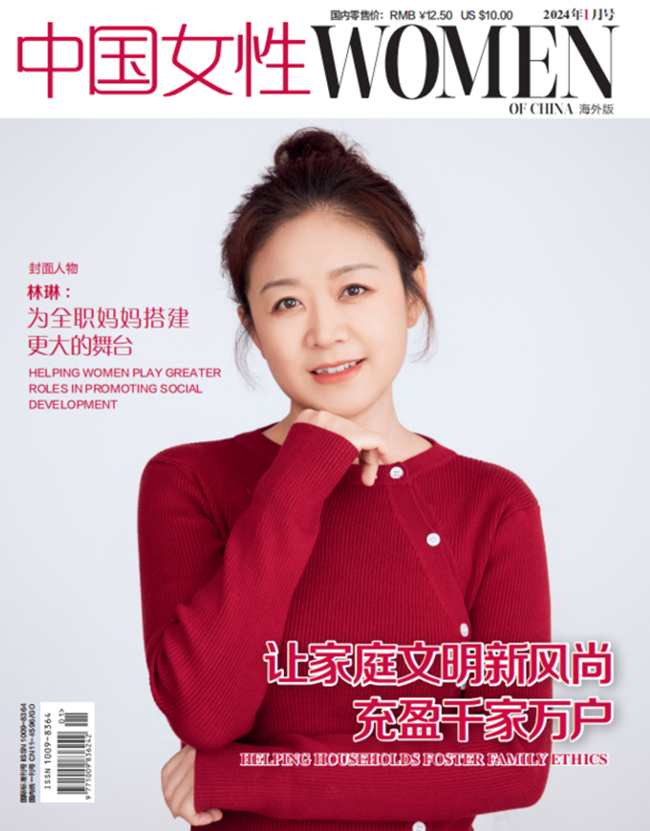


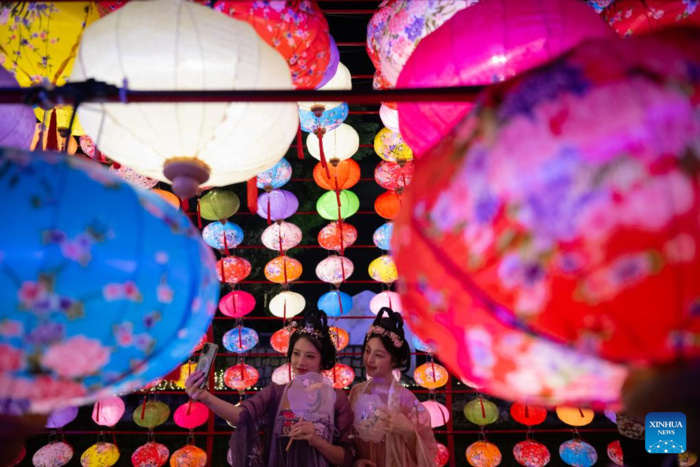

.jpg)

 WeChat
WeChat Weibo
Weibo 京公网安备 11010102004314号
京公网安备 11010102004314号